
🌿 Introduction: Why Carbon Neutral Farming Matters in Pakistan
Discover the complete step-by-step guide to building a carbon neutral farm in Pakistan. In the face of the global climate crisis, Pakistan’s agriculture sector is both a victim and a contributor to greenhouse gas emissions. Agriculture accounts for around 39% of Pakistan’s workforce and significantly influences its GDP. However, traditional farming methods often result in excessive carbon emissions due to overuse of chemical fertilizers, inefficient water management, and poor residue handling.
To combat these issues, the concept of a carbon neutral farm is gaining traction in Pakistan. A carbon neutral farm balances the carbon emitted with the amount absorbed or offset through sustainable agricultural practices. This not only improves crop yield but also contributes to Pakistan’s commitment to the Paris Agreement and United Nations Sustainable Development Goals (SDGs).
📊 Step 1: Conducting a Baseline Carbon Footprint Survey
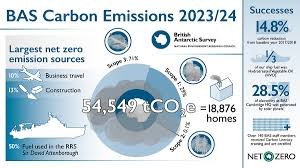
Before transitioning to carbon neutrality, it’s crucial to understand your current emissions. Here’s how to get started:
Tools and Methods:
- Use tools like Cool Farm Tool or FAO’s EX-ACT to estimate emissions.
- Survey emissions from:
- Diesel and electricity use
- Fertilizers and pesticides
- Livestock and manure
- Crop residue burning
- Read our guide:http://How to Calculate Farm Carbon Footprint in Pakistan
Data You’ll Need:
- Type of crops and area cultivated
- Fertilizer and pesticide usage
- Water sources and consumption
- Livestock inventory
- Fuel and electricity consumption
🌱 Step 2: Transitioning to Sustainable Farming Practices
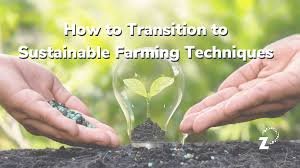
The core of a carbon neutral farm lies in reducing emissions and enhancing carbon sequestration. Here’s what you can do:
a. Organic Farming
- Avoid chemical fertilizers
- Use compost, biochar, and green manure
b. Conservation Tillage
- Reduces soil erosion
- Enhances soil organic carbon
c. Crop Rotation and Diversification
- Breaks pest cycles
- Improves soil fertility
d. Efficient Water Management
- Drip irrigation
- Laser land leveling
External Resource (DoFollow): http://FAO – Climate Smart Agriculture
🐄 Step 3: Managing Livestock for Lower Emissions
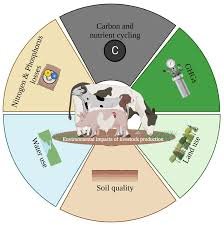
Livestock is a significant source of methane emissions. Implement these strategies:
- Improved animal feed to reduce methane
- Composting manure
- Biogas plants for energy
Internal Link:
Check out our guide: How to Build a Biogas Plant for Your Farm
🌳 Step 4: Enhancing Carbon Sequestration
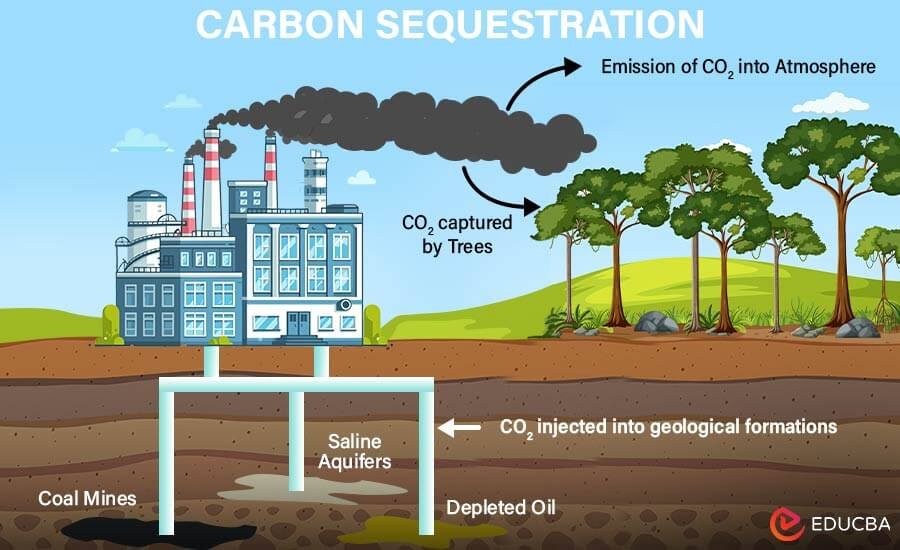
Sequestration means capturing carbon and storing it in plants and soil.
Best Practices:
- Agroforestry (planting trees on farm boundaries)
- Use of cover crops
- Apply biochar to soil
DoFollow External Link:
World Agroforestry – Trees on Farms
💡 Step 5: Incorporating Renewable Energy

Switching to clean energy is crucial:
- Solar panels for tube wells and lighting
- Biogas for cooking and heating
- Wind turbines (if feasible)
Internal Link:
Explore: Solar Energy Solutions for Farms in Pakistan
🧾 Step 6: Documentation and Certification
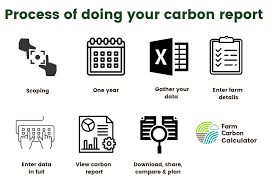
To officially declare your farm carbon neutral, go through proper documentation:
- Record all inputs, outputs, and offsets
- Conduct third-party verification
- Apply for carbon credits through Verra or Gold Standard platforms
🧠 Step 7: Educating and Training Farmers

Capacity building is essential. Organize workshops on:
- Soil health and fertility
- Water-saving techniques
- Climate-smart crop selection
Internal Resource:
Don’t miss: Free Training on Sustainable Agriculture in Pakistan
📈 Monitoring, Evaluation, and Scaling Up
Regular monitoring ensures long-term success. Use tools like:
- Remote sensing for soil carbon levels
- GIS mapping for resource management
- AI and drone technology for crop health
Once proven effective, scale your model across neighboring farms and communities.
🚜 Real-Life Examples of Carbon Neutral Initiatives
- Hoopo Carbon Neutral Villages in Sindh are engaging local communities for nature-based solutions.
- The Punjab Agriculture Department has initiated trials for solar irrigation systems.
Internal Article:
Read success stories: Case Studies of Green Farming in Pakistan
✅ Final Thoughts: The Path Forward
A carbon neutral farm in Pakistan is not just a dream—it’s a sustainable necessity for Pakistan. By reducing emissions, improving soil health, and adopting renewable energy, farmers can contribute significantly to the nation’s climate goals while also boosting their income.
It’s time for government bodies, academic institutions, NGOs, and individuals to collaborate for a greener future. Together, we can create a thriving, climate-resilient agriculture system in Pakistan.
